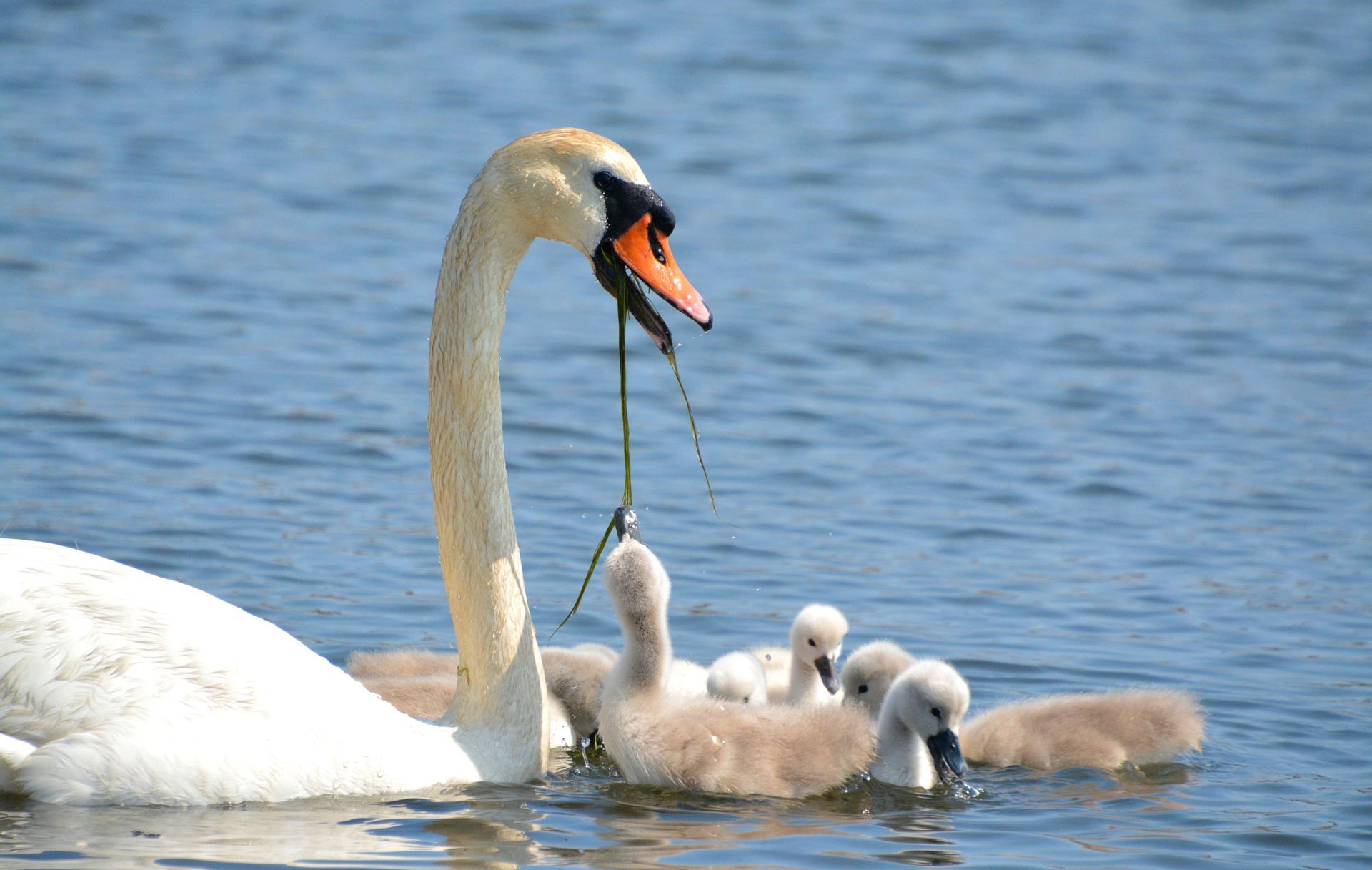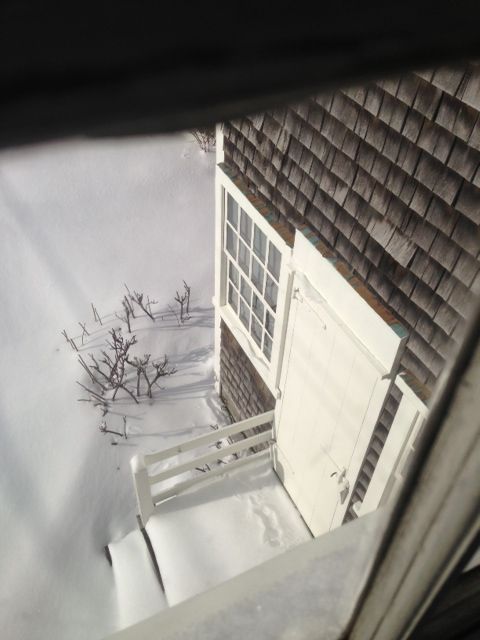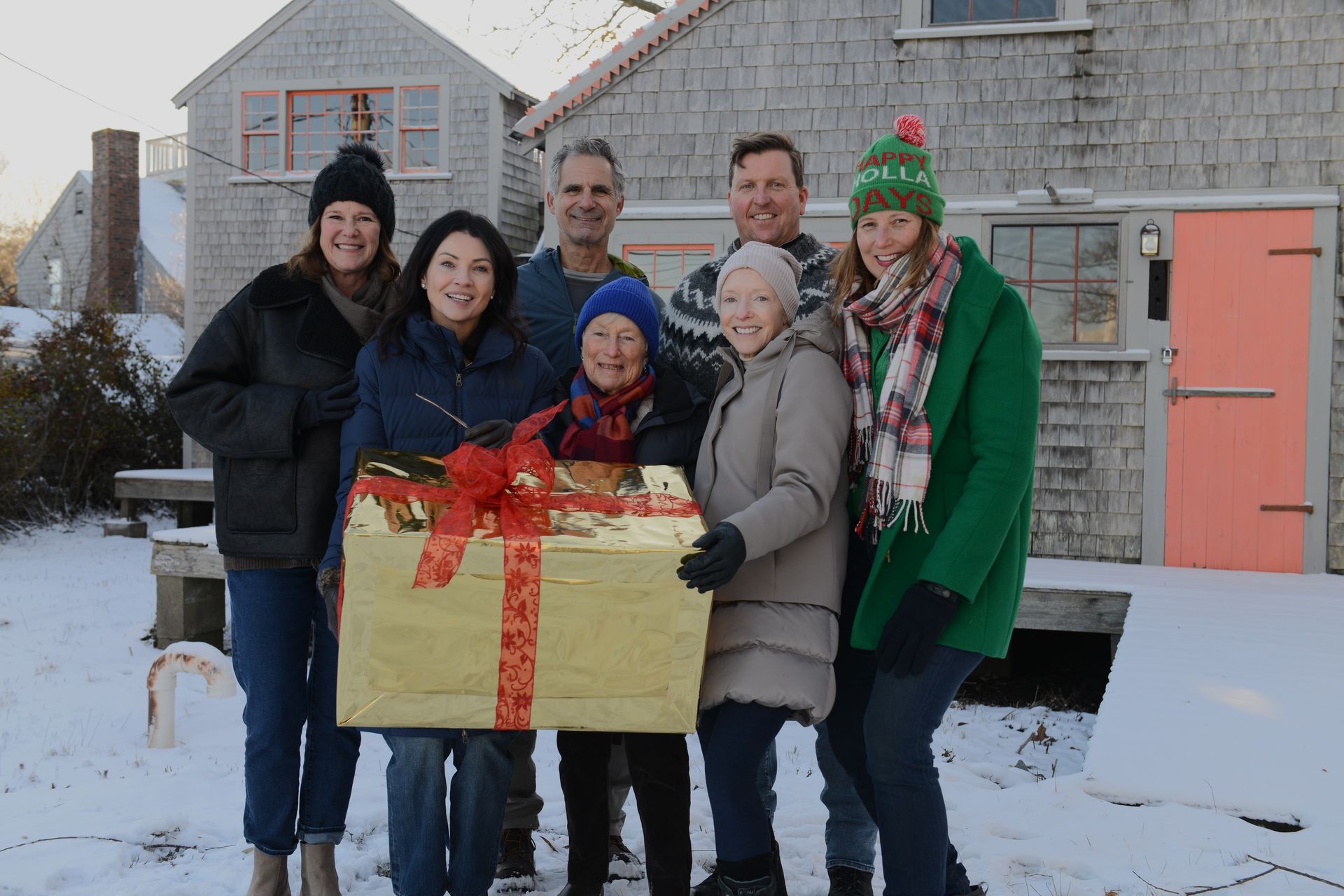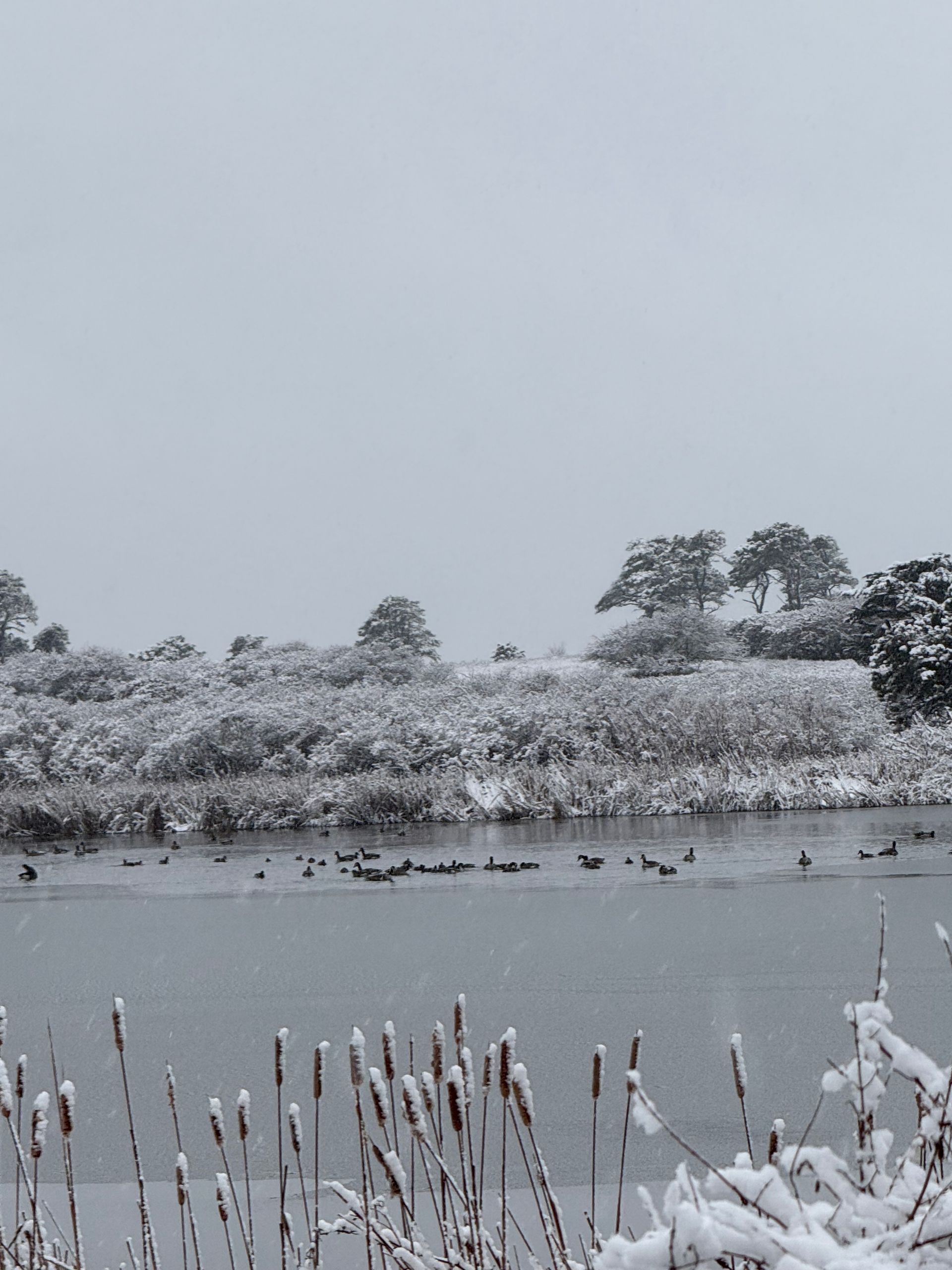Keep Calm and Bird On: June 2023
“If you don’t look, you don’t see. You have to go and look.”
-Edith Andrews

As bird life changes, observations change too. The big activity of early summer is nesting and raising young. In June the earliest migrants already have young. Later ones are incubating eggs. Last arrivals will still be finding mates and building nests. So instead of chasing birds, it is a good time to slow down, stop, listen, and watch quietly.
Cygnets, ducklings, and goslings are already showing their personalities, learning what to eat and how to feed themselves. Their curiosity is entertaining.
There is a lot of drama in defense of the nest or the young. Male Eastern Towhees battle for the best spots. The famously aggressive Eastern Kingbird can ride a full-grown Red-tailed Hawk out of the territory.
Shorebirds such as American Oystercatchers and Piping Plover fledge early. This is not only to gain time for young birds to learn how to find their own food. They also need to be able to get out of the way of suddenly intense beach-use by humans.
Using the popular “Merlin” ap from Cornell is a good way to find and identify the smaller, shyer birds on land. A bird singing on territory indicates a place to start observing. If you watch carefully, you might see one carrying sticks or grass for nest building. In time you may be able to hone in on the nest itself.
After incubation you can see and hear more about birds’ home life. Many, if not most, land-based passerines depend on insects to raise a brood, even if they subsist on seeds in the winter. So watching their comings and goings is a time to answer questions like “Carrying what?” and “How often?” And at the end of the day keeping a record or journal adds useful data.
Photo by Janette Vohs
Recent Posts




